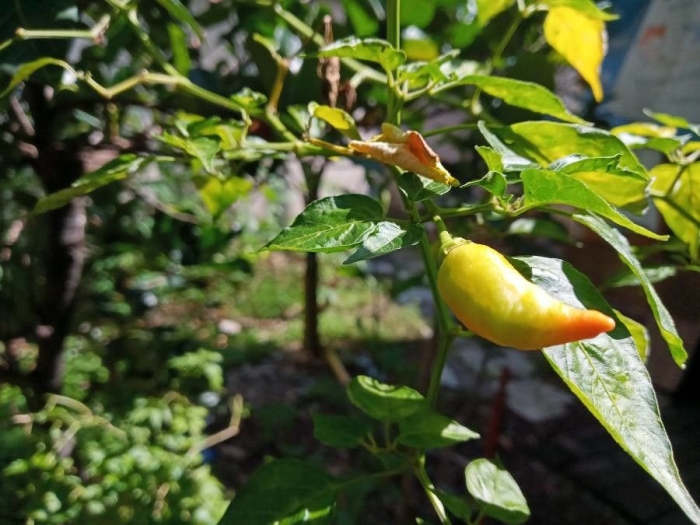Peppers
(Capsicum annuum)
Peppers (Capsicum annuum)
/
/

azat sudrajat
CC BY-SA 4.0





















































Estimated Native Range
Summary
Capsicum annuum is celebrated for its culinary versatility and the vibrant colors of its fruits, which add ornamental value to gardens. It is commonly used in vegetable gardens and can be grown in containers for urban settings. The plant thrives in warm, dry climates and requires full sun exposure. It is adaptable to various soil types, provided they have good drainage. Regular watering is necessary, but the plant is relatively drought-tolerant once established. Gardeners should be aware of potential problems such as aphids, spider mites, and fungal diseases. Non-native cultivation should be managed to prevent escape and potential invasiveness in certain regions.CC BY-SA 4.0
Plant Description
- Plant Type: Herb
- Height: 1-4 feet
- Width: 1-2 feet
- Growth Rate: Moderate
- Flower Color: N/A
- Flowering Season: Summer
- Leaf Retention:
Growth Requirements
- Sun: Full Sun
- Water: Medium
- Drainage: Fast, Medium
Common Uses
Bee Garden, Bird Garden, Border Plant, Deer Resistant, Edible*Disclaimer: Easyscape's listed plant edibility is for informational use. Always verify the safety and proper identification of any plant before consumption., Low Maintenance, Potted Plant
Natural Habitat
Native to tropical forests, scrublands, and open spaces in Mexico, Central America, and Northern South America
Other Names
Common Names: Chlli Pepper , Bell Pepper , Red Pepper , Cayenne Pepper , Jalapeno Pepper , Red Capsicum , Sweet Pepper , Poivron , Piment Annuel , Paprika
Scientific Names: Capsicum annuum , Piper indicum , Capsicum abyssinicum , Capsicum silvestre , Capsicum annuum var. grossum , Capsicum annuum subsp. grossum , Capsicum annuum var. longum , Capsicum annuum var. minimum , Capsicum annuum var. cerasiforme , Capsicum annuum var. conoides
GBIF Accepted Name: Capsicum annuum L.